List Of Cultural Institutions In Uganda
A cultural institution or cultural organization is an organization within a culture/subculture that works for the preservation or promotion of culture. The term is especially used of public and charitable organizations, but its range of meaning can be very broad.
Below are the List Of Cultural Institutions In Uganda
The Mengo Palace.
This is one among the many palaces of the kabaka in the Buganda tribe of Uganda. It was originally transformed from Twekobe (kabaka’s Mengo palace) to the giant Bulange (Buganda’s parliament). Mengo is in the heart of Kampala and one can get a first-hand cultural experience in central Uganda.
Nakayima Tree.
This tree has got exciting tales and myths that surround its existence. People from far and near have beliefs in what this tree can offer and they travel from all over to this tree make their offertories and prayer requests. The tree is located on a hill that overlooks Mubende town about 143 kilometers west of Kampala. Nakayima with her long history that brought about its name is believed to have been King Ndahura’s favorite medium one of the three kings who are believed to have reigned the Bachwezi Empire once lived here and her spirit resides in the tree which is also a symbol for fertility and other blessings.
Certain rituals have to be undertaken to have a chance of obtaining favors from Nakayima. This includes circling it while making your offering as instructed by a jjajja who acts as a guardian at this shrine.
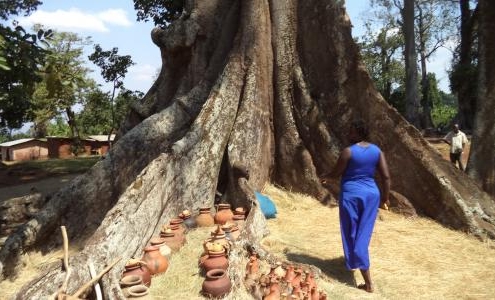
Uganda Museum.
The Uganda Museum is found on Kira road in Kamwokya about 15minutes from the city Centre. It is an ideal place to get some solid ground information about the country, its people, cultures and traditions. This takes you back about 1000 years ago in all the generations that existed from the colonial period and beyond. The museum offers a resting and reading place for a shortest time before you proceed on to your next destination neighboring curio shops and Acacia mall at Kisementi offering you a great shopping experience. There’s also an opportunity for you to be able to buy Uganda art and craft as a souvenir for your trip. There are a variety of things to look at and stories behind them from all the ages that existed.
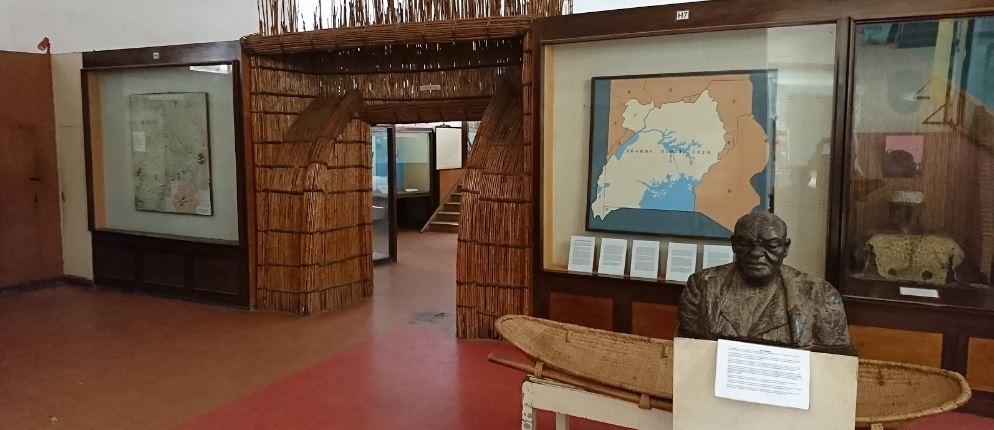
Kasubi Tombs.
Kasubi tombs is a burial ground for Kabaka’s and other members of the Buganda royal family. It is a political and spiritual site for the Ganda people in Uganda. It is a UNESCO world heritage site where four kabakas (Kings of Buganda Kingdom) are buried. It is located in Kampala on the kasubi road.
The Tombs of Bunyoro.
Bunyoro-Kitara Kingdom is one of the oldest kingdoms in Africa. According to the historians, the kingdom had the strongest military and economic power in the great lakes region between the 14th and 17th centuries. During that time, the Kingdom covered much of the current Uganda, parts of Eastern Congo, Western Tanzania, Northern Kenya and the small parcels of Burundi and Rwanda.
The British colonial officers waged war on Bunyoro-kitara kingdom in the 1880s because they were desperate for power. Their sole purpose was to weaken the authority, influence and prestige of Omukama Yohana Cwa II kabalega and put an end to the only remaining independent and wealthy Bunyoro Kingdom.
It is in these tombs that the former kings were buried with the Regalia. There’s also a place where the Omukama Kabalega was laid. It’s an exciting experience as you get to see one of the tomb guards is always a bull that aggressively protects the fallen king’s tombs. There’s so much history about Bunyoro Kitara kingdom from the kingship to the local people because it was one of the greatest and largest kingdoms ever existed lead by a powerful man king Chwa II Kabalega in Uganda.
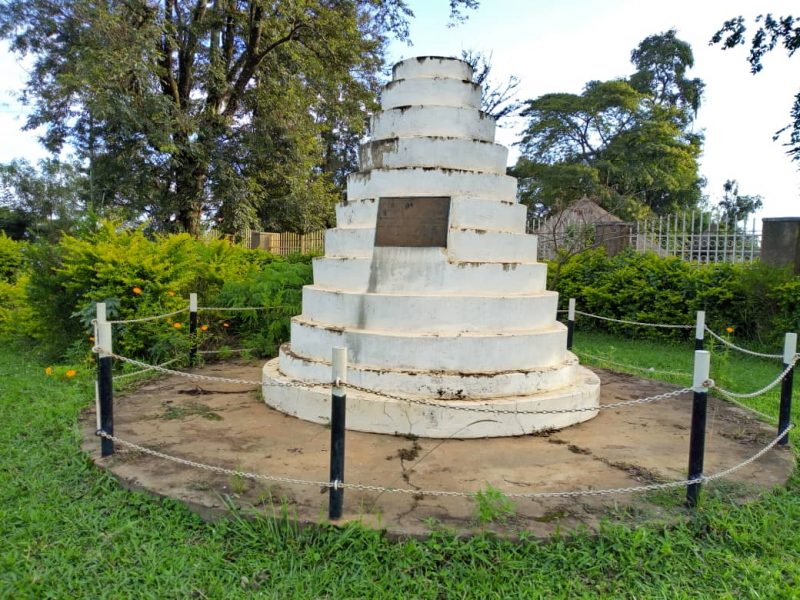
Tooro kingdom.
The kingdom is located in western Uganda, fort portal in Kabarole district situated between the Rwenzori mountains, Kibale National Park and Queen Elizabeth national park. The town is famous for its cleanliness and the most scenic views.
It is currently headed by King Oyo Nyimba Kabamba Iguru Rukidi IV. He is the youngest ruling monarch in the world with an important stature among the Batooro but has grown to become an important influence among the Batooro and beyond.
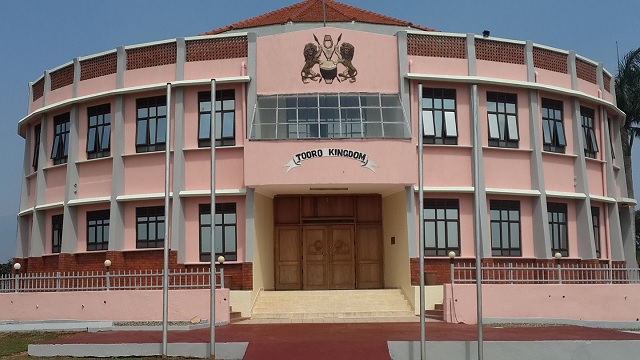
Amabeere ga Nyinamwiiru.
These damp caves tell a sad story not so far from fort portal town. The cave tells a story of a beautiful daughter, Nyinamwiiru born to a gate keeper Bukuku who assumed kingship after over throwing his master Isimbwa who had wandered away from his kingdom. Bukuku ordered to cut off his daughter’s breasts since it was prophesized that she would bear a boy child who would overthrow him. She was imprisoned and banned from interacting with boys but later on she fell in love with Isimbwa when he sneaked into the kingdom, he took off with her and she gave birth to a baby boy named Ndahura, when the king found out, he ordered for the baby’s killing but one of the guards hid the boy in the caves with stalactites with breast milk that are believed to have fed Ndahura hence being called Amabeere ga nyinamwiiru.
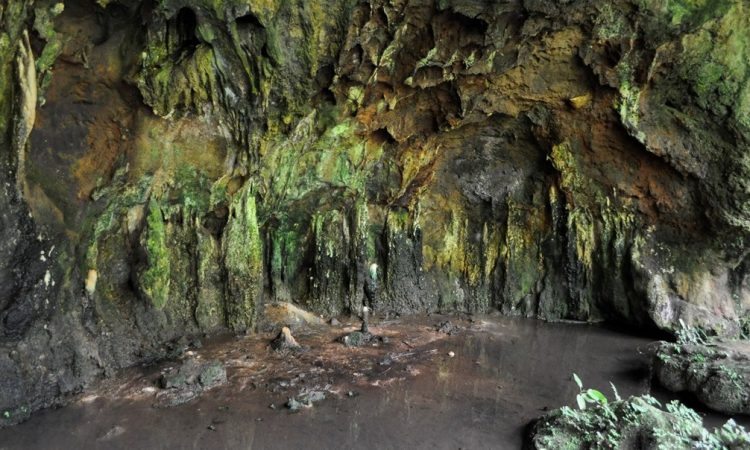
Nyero rock paintings.
This is located in the north east of Kampala in Kumi district about 5hours from Kampala and 8km from Kumi to Nyero. Nyero rock paints are a pride of Teso. It is common to find people both from far and near holding traditional rituals at this place. These are believed to be 600 and 650 years old. The drawings tell a story but no one been able to understand exactly what it all means. However, it is believed that the people who crafted these paintings where exceptional. In the year 1997, these drawings led to this place to be designated as a UNESCO heritage site.
Fort Patiko in Gulu.
This is also known as the Bakers fort. It was a military fort built by Samuel Baker in Patiko, Gulu in Northern Uganda. It was used as an assembling point for slaves collected from the Equatorial province before being transferred to the Mediterranean Sea. The ruins of fort Patiko have remained till today in Aswa, Gulu district in Northern Uganda as one of Bakers enduring monuments to his swashbuckling days. The site is publicly accessible at a small fee payable to the local council.
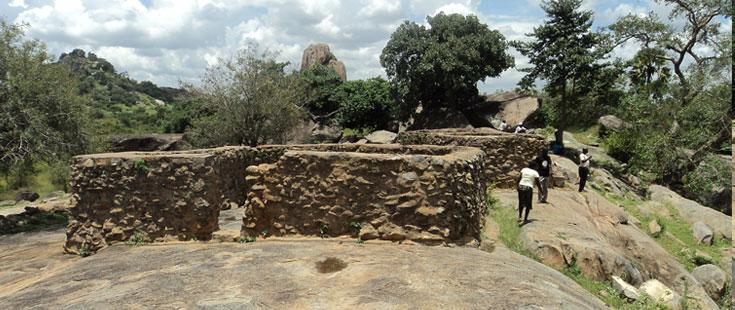
How many cultures are in Uganda?
Tribes of Uganda. Uganda has over 50 tribes from 3 major groups namely Nilotics, Bantu, and Sudanic groups with about 40 languages. The languages spoken are less than the tribes because some tribes share languages e.g Banyankore and Bahororo.
What are the cultural practices in Uganda?
Uganda has followers of Christianity, Islam, and African traditional religions.
Ugandan Muslims make pilgrimages to Mecca when they can. Followers of African religions tend to establish shrines to various local gods and spirits in a variety of locations. Death and the Afterlife.
